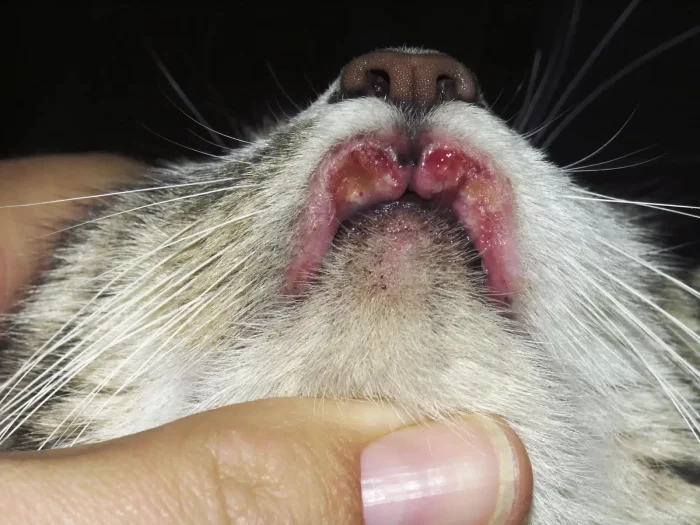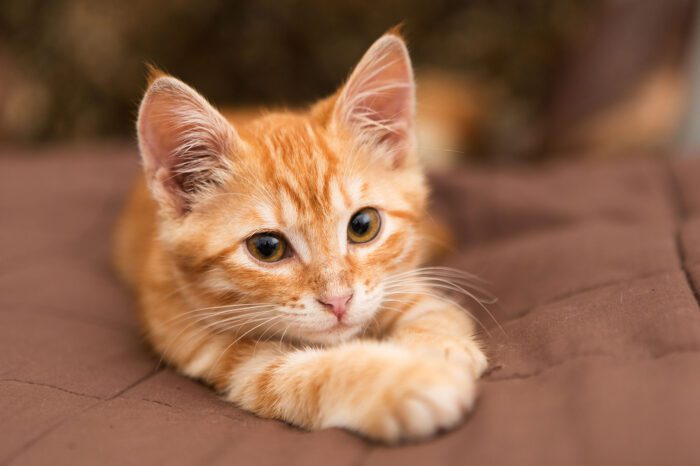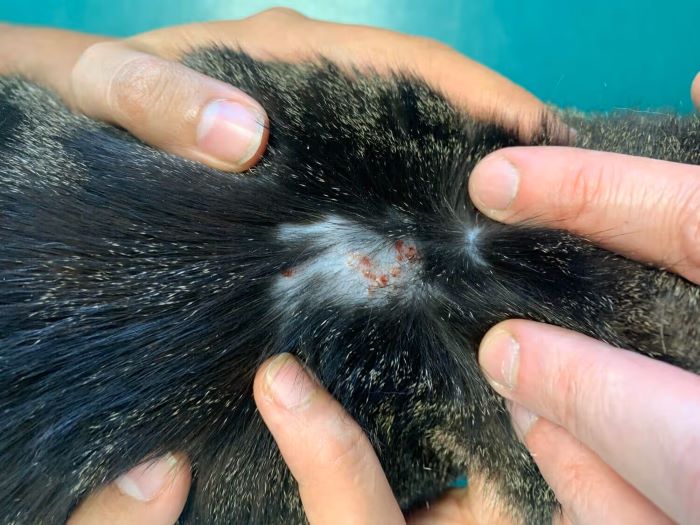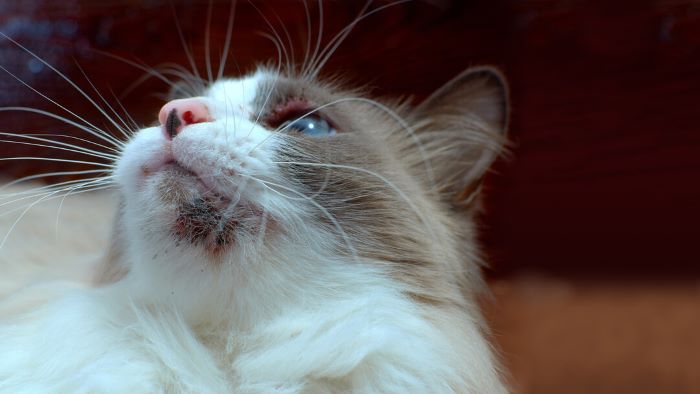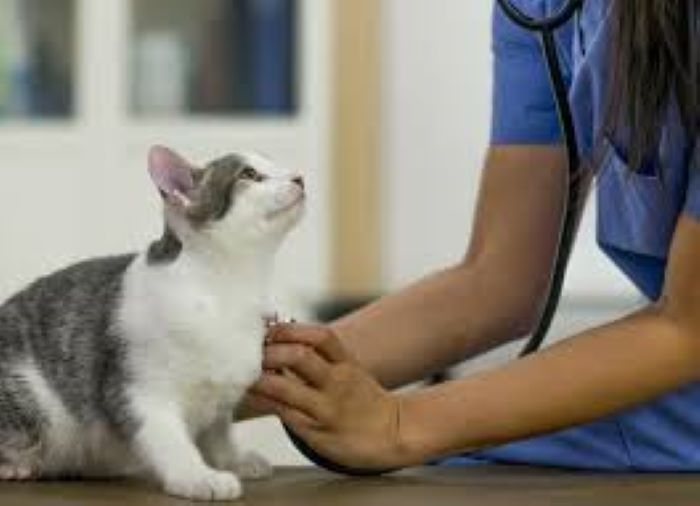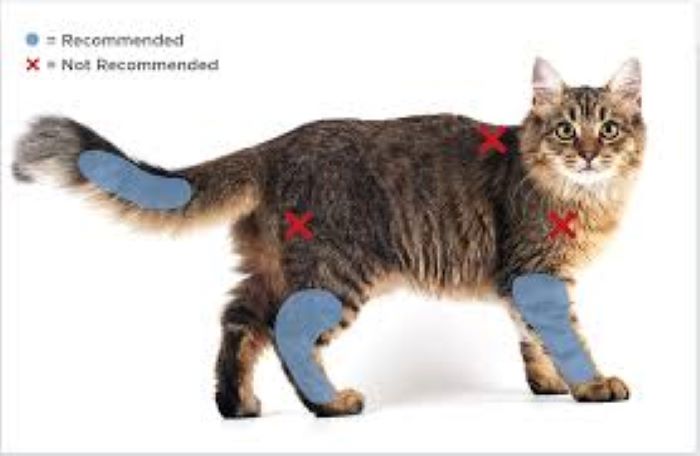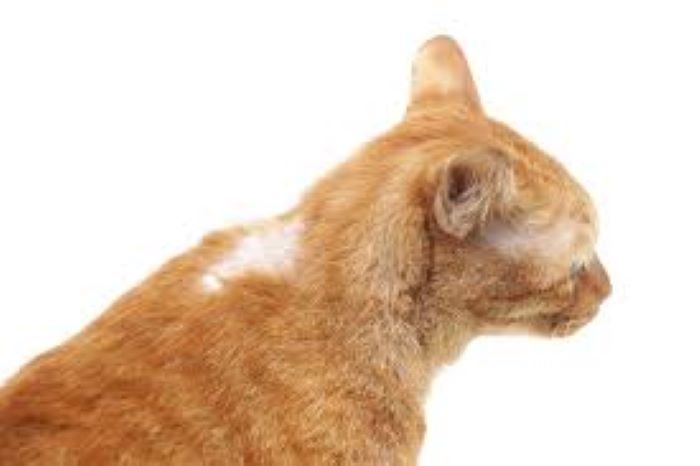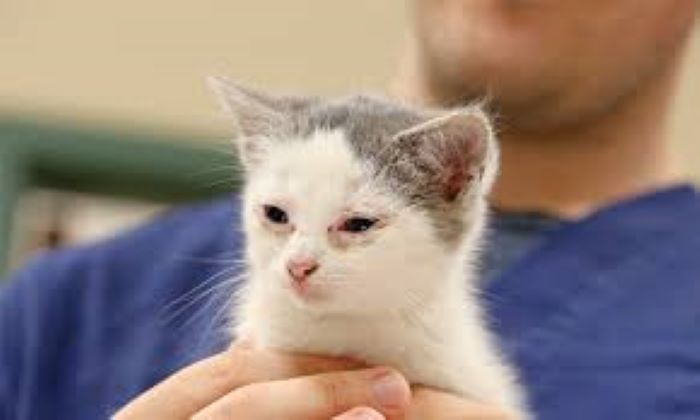Siamese Cats and Respiratory Issues-What You Need to Know
Siamese cats are known for their unique colorations, vocal nature and affectionate personalities. However, these popular felines also tend to be more prone to certain health issues, especially respiratory problems. Understanding the common respiratory conditions affecting Siamese cats can help owners provide better care. In this article we talk about Siamese Cats and Respiratory Issues. … Read more


